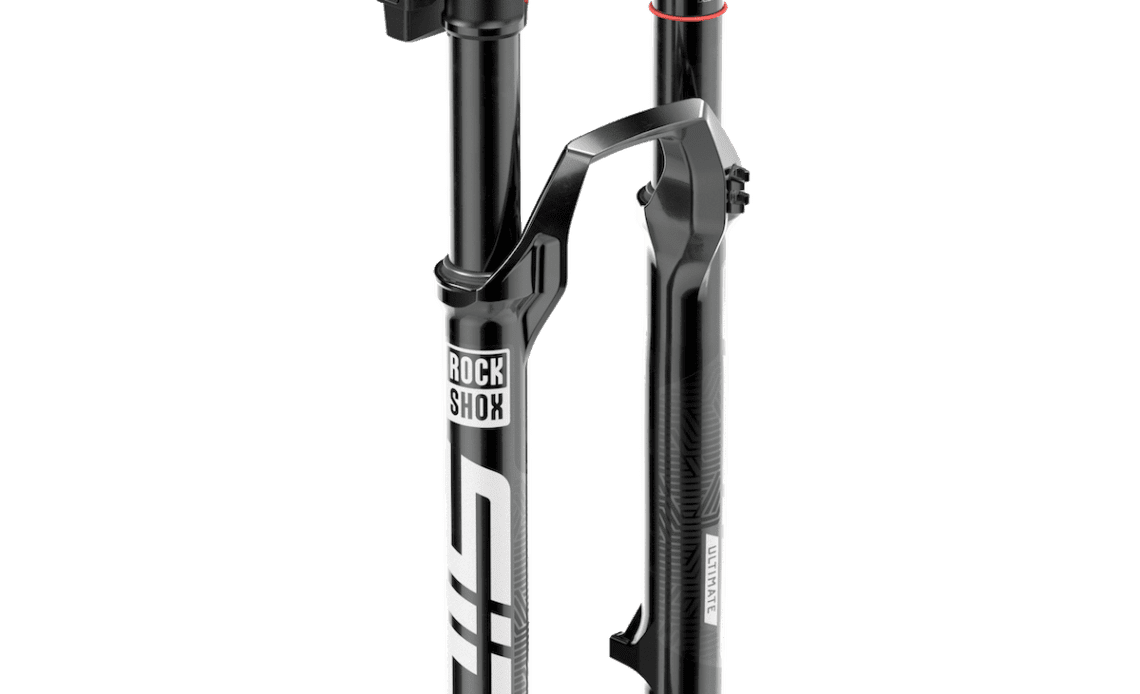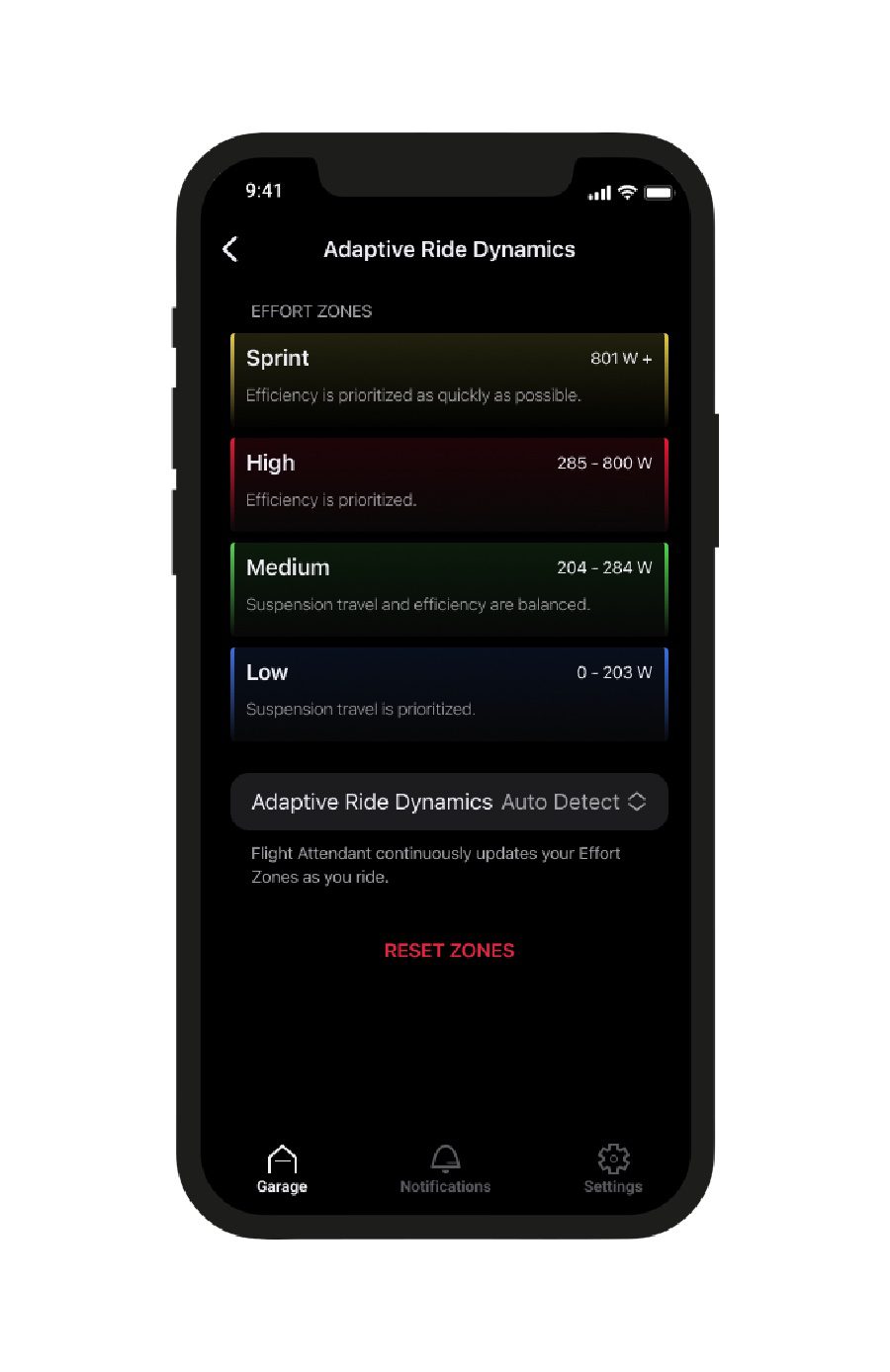Back when RockShox first released Flight Attendant for longer travel bikes, the immediate question was why it wasn’t available on XC bikes. The automatic suspension system – which adjusts suspension settings wirelessly and automatically in place of a cable-actuated remote lockout – seemed tailor-made for the demands of cross country racing. Turns out RockShox/SRAM were holding out for something a little more complicated.
What that is was revealed today. As far as technological achievements go, it looks like it was worth the wait. But, as consumers of mountain bikes, not just observers of racing, it’s a little more complicated. Read what’s new and why this is interesting below.
RockShox Flight Attendant goes XC via integration
Is this just Flight Attendant for XC bikes? No. RockShox/SRAM do move the technology over from long-travel suspension products, where it made its debut, to the lightweight SID line. But the big change is that Flight Attendant is now fully integrated into SRAM’s AXS “ecosystem.” In addition to the many sensors that Flight Attendant already used to decide whether your shocks should be in open, trail, or closed settings, the system now responds to how hard you are working.
How? By connecting AXS wireless drivetrain, including SRAM/Quarq power meters, SRAM/RockShox can adjust your suspension based on how you are pedalling, not just how your bike is moving through space. SRAM calls this Adaptive Ride Dynamics and it is clearly tailored to XC racing. Four different “Effort Zones” (customizable via the SRAM AXS app, of course, though SRAM says the system will learn your zones as you ride, if you don’t want to set them) elicit different responses from Flight Attendant. “Sprint,” “High,” “Medium,” and “Low” are all defined as watt ranges. So, if you’re really hammering on the pedals, as you would in a finish sprint, your fork and shock will lock out. If you’re pedalling really hard, as you would racing up a singletrack climb, the system may leave your fork more open, depending on what else the bike is doing. Pretty smart. Pretty cool. Probably pretty fast, too.
All in, the system relies on information from the rear derailleur, shock, fork, Quarq powermeter / bottom bracket and AXS dropper post to make its decisions. That is a lot of information. It’s also a lot of parts made by SRAM brands. The system will work with fewer parts, though certain elements are required for it to function. SRAM…
Click Here to Read the Full Original Article at Canadian Cycling Magazine…


